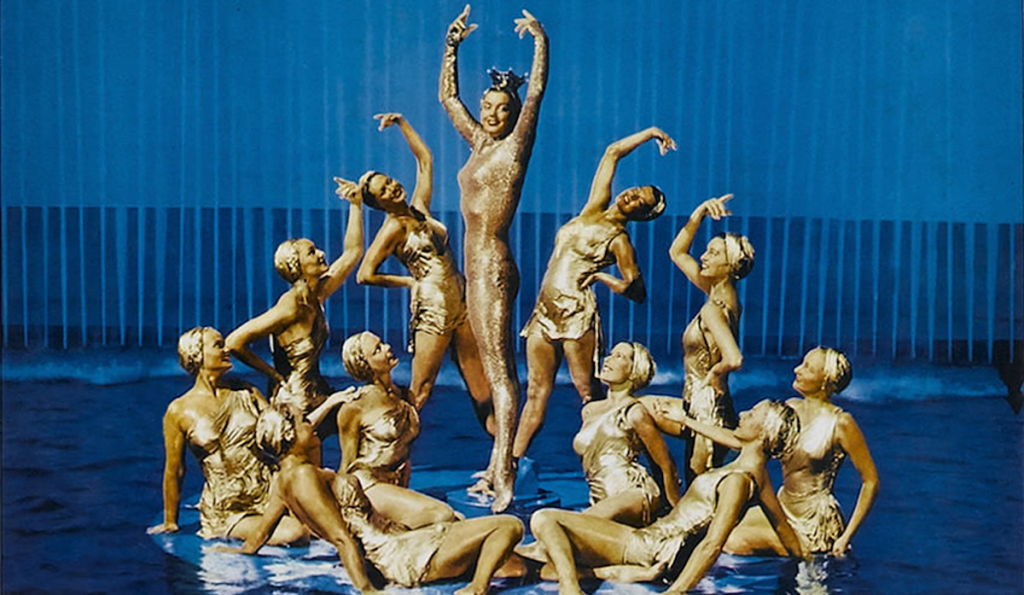Few filmmakers start out as blazingly hot as Peter Bogdanovich.
Beginning with the low-budget lone gunman thriller Targets in 1968, the former actor, film programmer, and critic enjoyed one of cinema’s most impressive three-film runs, directing The Last Picture Show, What’s Up, Doc?, and Paper Moon in as many years.
But that winning streak was bound to eventually end, and it’s tough to argue against Daisy Miller being the film that put a stop to it. On practically every level, this adaptation of the Henry James novella ranks a notch below Bogdanovich’s previous four films, though it’s not as far removed in quality from his magical run as its reputation suggests — particularly in regard to filmmaking.
It’s not quite “a dud,” as Variety and TV Guide claimed, nor is it one of the 11 best films of 1974, as lauded by The New York Times’ Vincent Canby. Fifty years after its release (an occasion that KL Studio Classics honors with a new Blu-ray release on May 21), Daisy Miller is more in line with the words of then-Paramount Pictures studio head Frank Yablans who, when Bogdanovich sought his feedback after an internal screening, said, “It’s fine, it’s good, but you are Babe Ruth and you just bunted.”
Indeed, Bogdanovich advances the runner(s) on base and possibly joins them, though the at-bat isn’t exactly the display of power hitting that makes the fans stand up and cheer. But perhaps it is more of a response to the needs at hand than simply an attempt at yet another home run when the risk of a strikeout has never been higher. Scaling back in some ways and growing more ambitious in others, the director’s fifth feature is a more subtle showing of his informed craft, further diversifying his already varied young career with his first ventures to the 19th century as well as overseas.
The European-set tale of tradition-minded American expat Frederick Winterbourne (Barry Brown) and his enchantment with a beautiful nouveau riche American abroad who’s adopted the name Daisy Miller (Cybill Shepherd) features plenty of skill and thoughtfulness behind the camera. As in his previous films, Bogdanovich employs considerate slow zoom-ins (and a few faster ones) that call just enough attention to themselves to suggest that the director has a clear eye for visuals.
Building on his superb use of existing locations in west Texas, San Francisco, and the plains states during “the run,” the filmmaker gorgeously depicts the medieval Chillon Castle on its Lake Geneva island and makes viewers want to immediately book a trip to Rome once the story shifts to Italy.

Assured as Daisy Miller’s technical elements are, its writing and performances are more of a mixed bag — but again, not drastically out of step with Bogdanovich’s track record. Considered “common” for her lack of manners at the opening Swiss spa and in Rome, Daisy frequently talks over people, and her Schenectady, N.Y., dialect and phrasing land somewhat irritating on the ear.
Similar to dialogue-heavy stories like J.D. Salinger’s The Catcher in the Rye, Daisy’s motormouth ways almost certainly work better on the page, leaving the character’s specific inflections to the reader’s imagination rather than having them distinctly realized by one performer. However, such concerns apparently didn’t occur to Bogdanovich, who seemed more interested in presenting a faithful adaptation of James’ novella.
“What some people didn’t realize is that that was the way a girl like that would have been in 1875. She was from New York, she was a provincial girl. If you read the story, that’s what she is,” he said in an interview with the National Board of Review in 2004. “If you read the original novel we hardly added anything. The movie is exactly the book.”
The speech patterns also aren’t terribly different than that of Bogdanovich temptresses like The Last Picture Show’s Jacy Farrow (Shepherd) or Paper Moon’s Trixie Delight (Madeline Kahn). But both are supporting characters and such self-unaware chattiness works better in small doses, as proven by Daisy’s dimwitted mother Ezra B. Miller (Cloris Leachman).
Beyond the adherence to literary fidelity, why such restraint wasn’t utilized by Bogdanovich in Daisy Miller remains largely speculation. Though he adamantly denied it, perhaps he was blinded by a desire to give his then-girlfriend Shepherd her first leading role. Or maybe he was exceedingly under the spell of his idol Orson Welles, who suggested the project to him. Bogdanovich’s original vision was to star alongside Shepherd under Welles’ direction, but he fortunately saw the light, cast Brown, and committed to staying behind the camera.
The result was nevertheless closer to a bunt than a home run, and his follow-up — the Shepherd/Burt Reynolds musical At Long Last Love — was essentially a strikeout, pulling him farther from his open stretch of winners. But in 1976, Bogdanovich returned to the early 20th century setting of Paper Moon and reunited with its co-stars Ryan and Tatum O’Neal in Nickelodeon, recapturing the charms of his best work.
It failed to win over critics or audiences, but over time has been increasingly mentioned in the same breath as his initial films. Even with the words sped up to crass Schenectady levels, there’s not quite room in that breath for Daisy Miller. But it belongs in the next one.
“Daisy Miller” is out now on Blu-ray from KL Studio Classics. It’s also streaming on Kanopy and available for digital rental or purchase.



